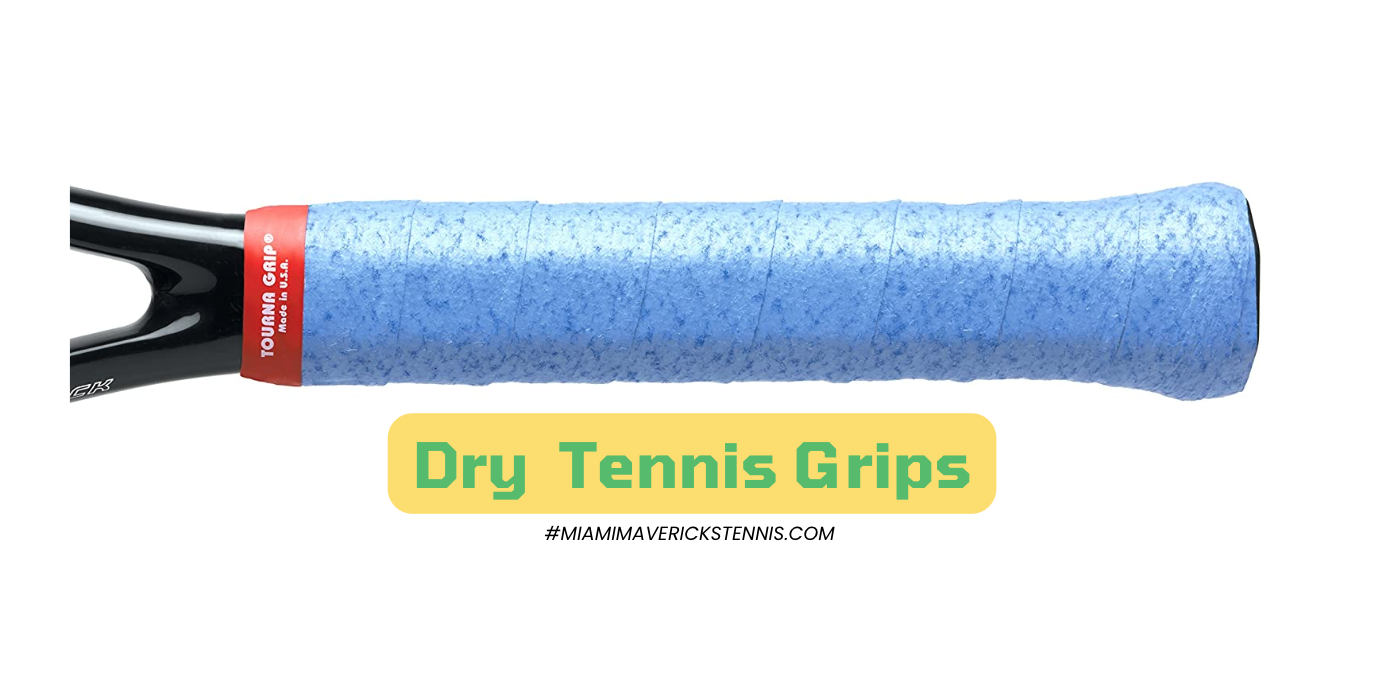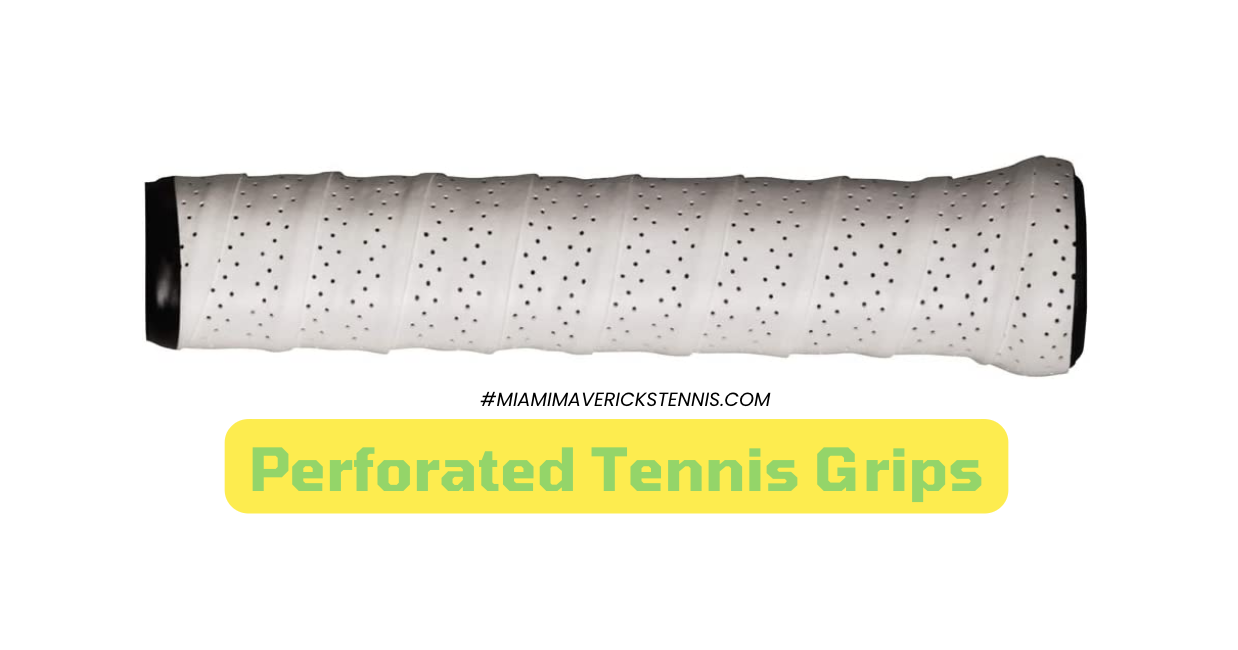Table Of Contents
Understanding the Various Types of Tennis Grips
When it comes to tennis grips, there are different options available, with each offering unique qualities to enhance your playing experience. One popular type is the overgrip, which is typically used to provide additional cushioning, sweat absorption, and grip comfort. Overgrips come in various variations:
Tacky Tennis Grips

Tacky Tennis Grips
Tacky tennis grips have a sticky surface that provides an excellent grip. They are known for their ability to absorb moisture, ensuring a secure hold even in sweaty conditions. Tacky grips are favored by players who prioritize a firm grip on the racket.
View Amazon Choice’s: https://www.amazon.com/Tourna-Extra-Tacky-Overgrip-10-Pack/dp/B00HQZIZ9A/
Dry Tennis Grips
Dry tennis grips are designed to offer a dry feel, making them suitable for players who don’t sweat heavily or prefer a less tacky grip. These grips provide a comfortable and smooth touch, allowing for precise control and maneuverability.

Dry Tennis Grips
Perforated Tennis Grips
Perforated tennis grips feature small holes or perforations that enhance breathability and moisture absorption. These grips are ideal for players who experience significant sweating during play, as they help to keep the hands dry and prevent slippage.

Perforated Tennis Grips
View Amazon Choice’s: https://www.amazon.com/Wilson-Pro-Overgrip-Perforated-Pack/dp/B001S2X20E/
Knowing When to Change Your Tennis Overgrip
Overgrips are not meant to last indefinitely and should be replaced periodically to maintain their performance. The frequency of changing your overgrip depends on factors such as the intensity and frequency of your play, as well as personal preference.
As a general guideline, it is recommended to replace your overgrip every 10-15 hours of play or when you notice a significant decrease in its tackiness or cushioning.
How to Change Your Tennis Overgrip
Changing your tennis overgrip is a simple process that can be done in a few easy steps:
- Remove the old overgrip by unwrapping it from the handle of your racket.
- Prepare the new overgrip by unrolling it and locating the tapered end.
- Align the tapered end of the overgrip with the bottom of the racket handle.
- Securely wrap the overgrip around the handle, ensuring a snug and even application.
- Tightly secure the end of the overgrip with the provided adhesive or finishing tape.
Choosing the Right Tennis Racket Handle
The tennis racket handle, also known as the grip, is a vital component that significantly impacts your comfort and control on the court. When choosing a tennis racket handle, consider factors such as:
- Grip Size: Select a grip size that feels comfortable and allows you to maintain a secure hold on the racket.
- Grip Shape: Different players have different preferences when it comes to grip shape, whether it’s a more rounded or rectangular shape.
- Material: Racket handles can be made of various materials, such as synthetic or natural materials, each offering different levels of cushioning and feel.
It’s essential to try out different racket handles and consult with a tennis professional to determine the right grip size and shape that suits your playing style and feels comfortable in your hand.
By understanding the different types of tennis grips, knowing when to change your overgrip, and selecting the right racket handle, you can optimize your playing experience and improve your performance on the tennis court.

